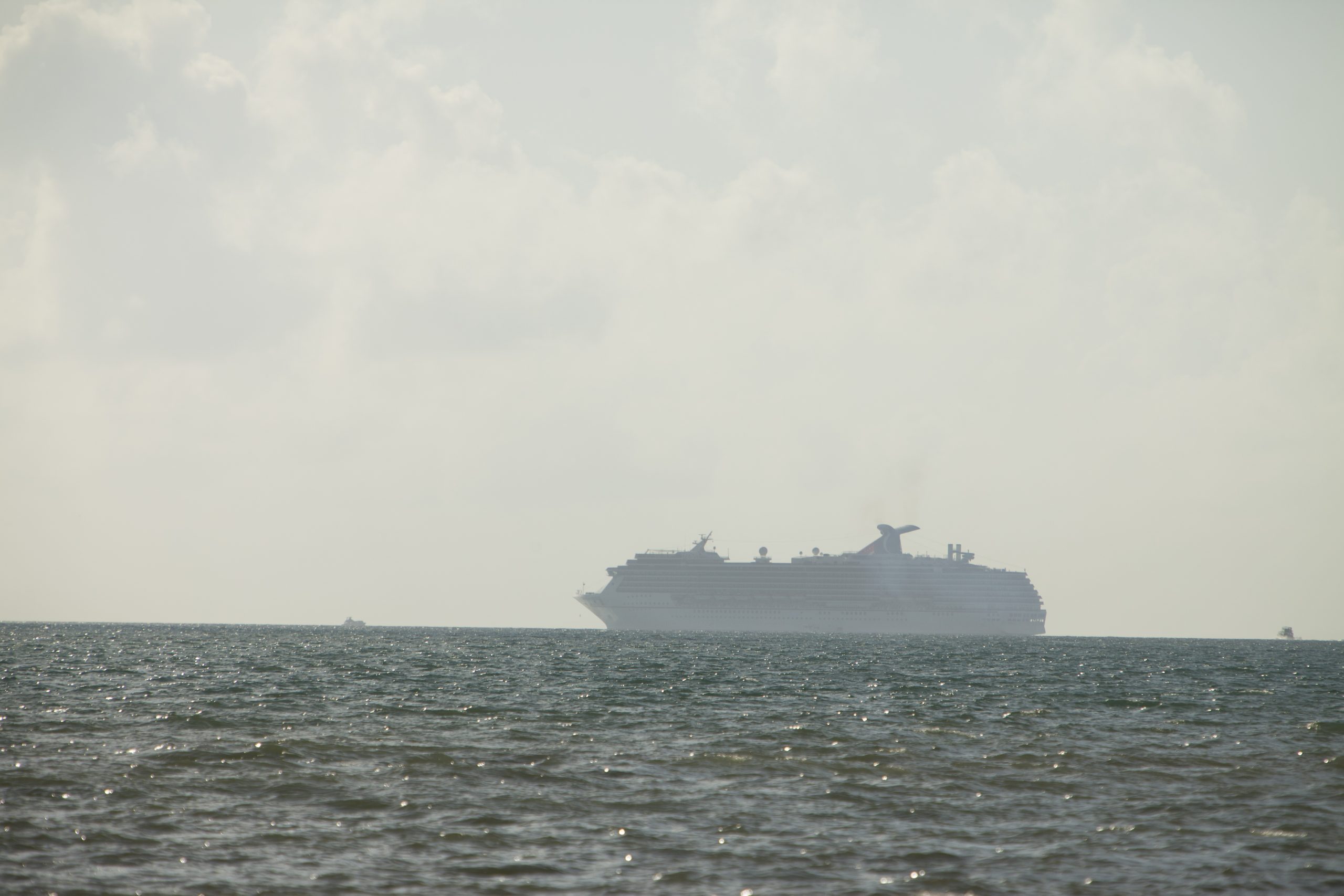CHAT Tourism - On Cruise Control

Residents have all seen them anchored off the coast of Belize City like pointy white boulders. From the sea wall at the Baron Bliss Lighthouse they are close enough for us to observe the shape but too far for us to realize their true size. In the night, the lights from the hundreds of tiny windows shoot out unto the water’s surface creating a sort of glowing shadow around its shape and although we cannot hear anything from the mainland, we can imagine that the days and nights are bustling on those small cruising cities with their thousands of passengers on board. Cruise ships are one of the unique ways that tourists get to visit Belize. In the day time, vessels take off from the Fort Street Tourism Village disappearing into the distance and then remerging with dozens of passengers who disembark for their day of Belizean eco-adventure. Cruise ship visitors only get a few hours on the Jewel, but those few hours from cruise calls have remained immensely beneficial to Belize’s tourism industry.
The first cruise ship anchored in Belize in 1991. In 2000, Belize was the first country in the region to establish a national policy for cruise tourism development. Two decades later in 2022 the Ministry of Tourism and Diaspora Relations (MTDR) took stock and recommendations from across the cruise tourism value chain to ensure that Belize remains a leader in the sector. The MTDR in collaboration with the Government has taken the initiative to update the National Cruise Tourism Policy. Apart from impacts from the pandemic the MTDR realized that other issues such as infrastructural limitations, weak legislative support, and climate change realities pose important developmental constraints. The revised policy has adapted seven areas to “enhance the quality of life for all Belizeans through a competitive, safe, resilient, and sustainable cruise tourism sector…”. These policy areas include: democratic governance, social equity, cultural integrity, environmental stewardship, economic optimization, product development, and resilience building. With such a holistic plan, many more pointy boulders will surely make their call to Belizean waters.
In 2022, the Belize Tourism Board (BTB) reported that the number of cruise tourism arrivals went up by 193 percent with a total of 615 thousand arrivals. That is a lot of small floating cities but not as many as there were before the COVID-19 pandemic. In 2019, there were 333 cruise-ship calls to Belize where in 2022 there was only 48. Post-pandemic recovery in this sector has been a slow throttle but we are picking up steam. Cruise ships can be described as small villages equipped with everything to create the most relaxing experience possible. If that is so then it must take something pretty special to get its passengers to leave their floating oasis. Belize is that something special. Once they get on the main land many visitors use the precious hours that they have to take a city tour on a horse-cart, go on a walk to look at historical sites, do a group bike-ride across the city, float on an inner-tube through underground rivers and caves, get active with some water sports, or take a bus tour to an ancient Maya archaeological site. That is not to mention visits to the cayes, snorkelling, the food, drinks, the scenery, and of course the amazing hospitality of the Belizean people. Cruise passengers may only pay a quick “doctor visit” to the Jewel, but it’s a visit that leaves them all the better and happier. Through the revised National Cruise Tourism Policy, the MTDR will ensure that the cruise sector stakeholder and visitors continue to discover new opportunities and new adventures together.
Chat again Later.
Jasmine Anderson
For the Belize Tourism Board
